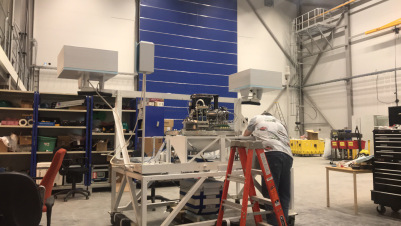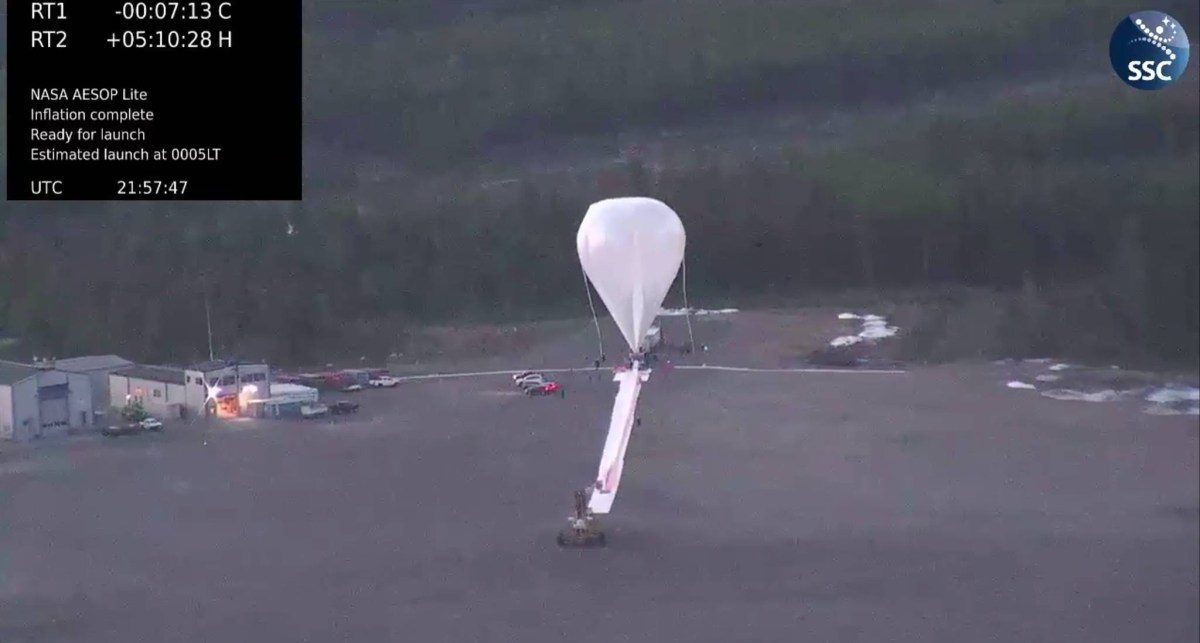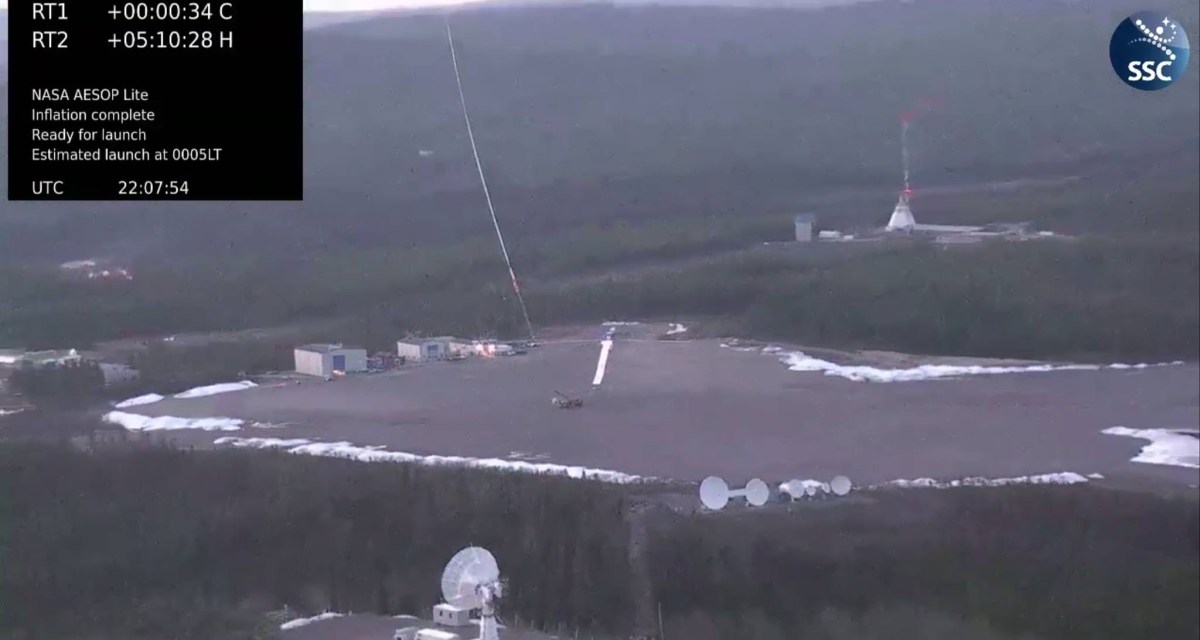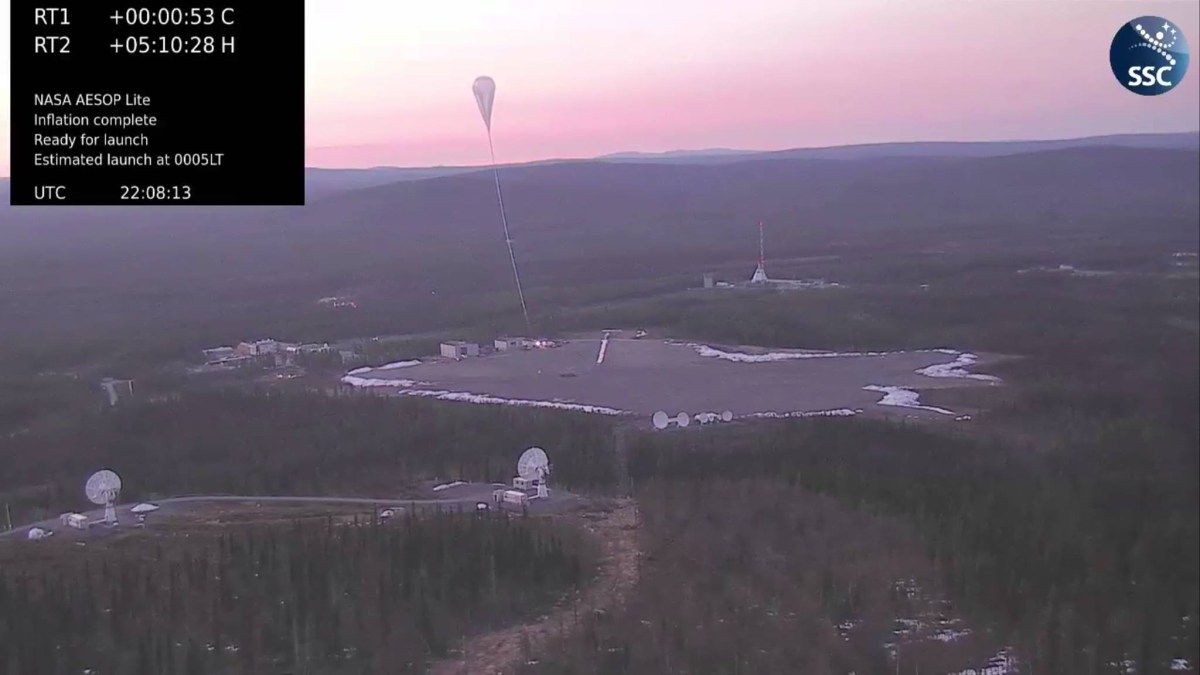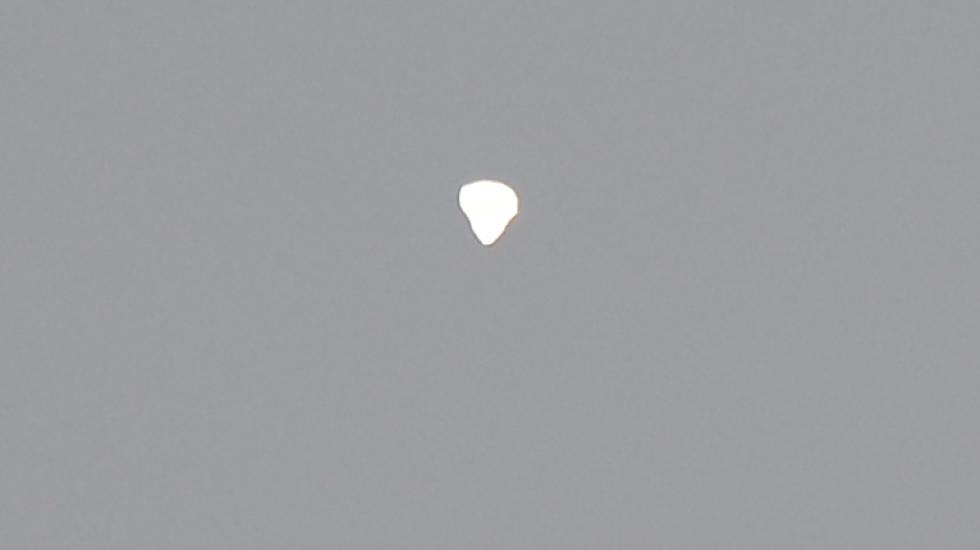-
May 27 2018
Transatlantic balloon launch campaign from Sweden to Canada
Kiruna, Sweden.- The NASA balloon program returned to Sweden to perform a balloon launch campaign from the facilities of the European Space Range (ESRANGE), near Kiruna, very close to Arctic polar circle. The missions to be performed during May and June, will consist in trans-atlantic flights from Sweden to Canada with a mean duration of 4 to 5 days and the recovery in the Nunavut territory. This flight scheme was inaugurated by NASA in 2005.
As usual in ESRANGE during balloon or rocket campaigns, the base is hosting several scientific teams mainly from the United States, that will be part of the three missions planned for the campaign. They started to arrive there in mid-april along with tons of material that arrived in sea containers.
The first flight of the campaign was performed on May 15. Let's see some details.
The flight of AESOP-lite
It's really a bit silly to say that the balloon was launched near local midnight, looking to some of the pictures of the operation, but the fact is that at this time of year, there is no night at the latitude on which is located the Swedish base.
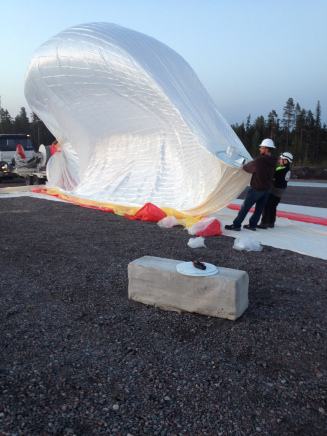
Thus, a few minutes after midnight on May 16 (about 22:00 utc on May 15) the first balloon flight of the campaign, nomenclated as mission 682N was sent aloft under a very clear sky and almost ideal conditions. It was the third consecutive attempt launch it, after the previous two that were cancelled due to uncooperative weather.
Under the balloon was an experiment called AESOP-Lite which stands for Anti-Electron Sub Orbital Payload - Low Energy developed by the University of Delaware and the University of California, Santa Cruz. The goal of the instrument -built in the early 90's decade- is to search for the origin of low-energy in the electron spectrum between 10-300 MeV. For this purpose AESOP counts with a series of scintillators, a gas Cherenkhov detector, a small magnet spectrometer and seven planes of silicon strip detector trackers. All this, allows to follow the path and to determine the charge sign of the electrons that cross the instrument.
Several elements that form AESOP where inherited from another project developed in late 60's at the University of Chicago and then transferred to Delaware known as LEE (Low Energy Electrons). Both instruments were flown many times together in several balloon missions launched by NASA from several sites.
Below these lines we can see the AESOP gondola hanging from "Hercules" the balloon launch vehicle of ESRANGE.
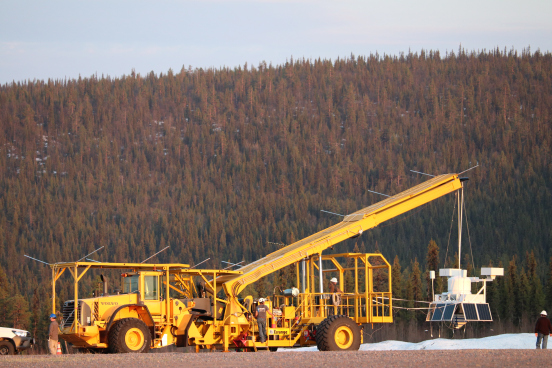
Once released the balloon ascended to the nominal float altitude of near 135.000 feet and moved to the west, crossing Sweden and then Norway where it was sighted by the locals, as was reflected by the Norwegian newspaper Bladet Vesteralen. On May 16 at 13:15 utc the balloon cleared the coast of Norway, and started it's flight over the Ocean. By that time, was evident the very unusual path it will took during the entire trip as it moved in a Northwestern path instead of the usual western path followed by the previous 11 missions that performed the same route from ESRANGE to Canada since 2005.
During the next days, the flight progressed well crossing the North Atlantic, and overflying Greenland between May 19 and 21. During this part of the trip the balloon suffered some altitude drops but nothing serious, probably due to the low temperature of the surface it was flying over or some cold cloud coverage below its path.
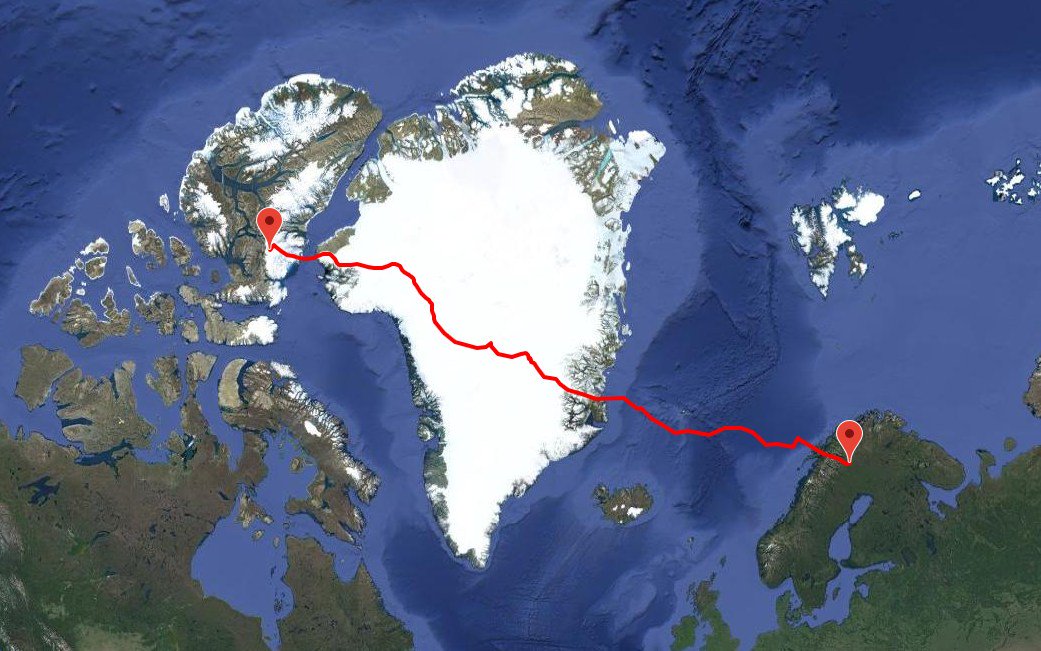
Five and a half days into the flight the balloon cleared the western coast of Greenland and crossed the Kane Basin towards Ellesmere Island, the most northerly point of land in Canada. A few hours later, at 14:15 utc on May 21, the flight was terminated over the island and the payload landed at coordinates 78°23.89 N by 80°48.32 W in a point located SE of Eureka.
Total flight time was 5 days and 12 hours which after some research on my data files, places it in third position with respect to the longest transatlantic missions.
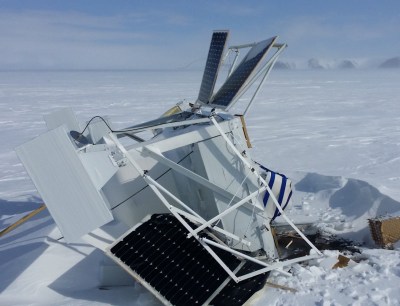
According to the last entry published in the blog maintained by the people of the project in the AESOP-Lite website, the payload was located in good shape in a glacier on the southeastern part of the Ellesmere Island. By May 29 it was recovered and transported to Yellowknife, from where it would be send back to the United States. It would seem difficult to reconcile these affirmations with the image that we see above -the only one that was published of the landing site- but the truth is that the only damage that the platform received during the landing is the usual bent of the external structure were are located the solar panels.
Stay tuned to StratoCat, as two other missions are meant to be launched during the campaign: the second transatlantic flight of an instrument called HIWIND a Fabry-Perot interferometer conceived to measure the daytime thermospheric winds and another mission to sent aloft an experiment called PMC-Turbo aimed to record gravity wave events in polar mesospheric clouds.
Last but not least, during the campaign must be performed a test flight of NASA's Superpressure Balloon. As you may remember, last year, one of such balloons was launched from Wanaka, New Zealand, but failed to complete the crossing of the Pacific Ocean and sunk with it's payload near Easter Islands. Now, this transatlantic campaign will allow NASA to closely monitor the behaviour of the balloon in a short duration mission; the question is: it will be launched as a separated technological mission or will be the vehicle used to transport one of the payloads that remain to be flown?
-
Share this on social media


